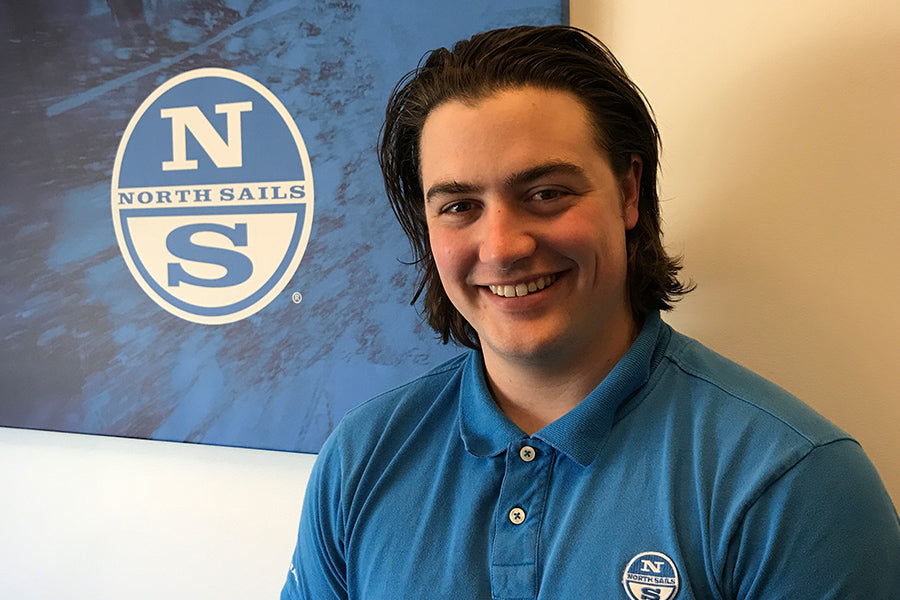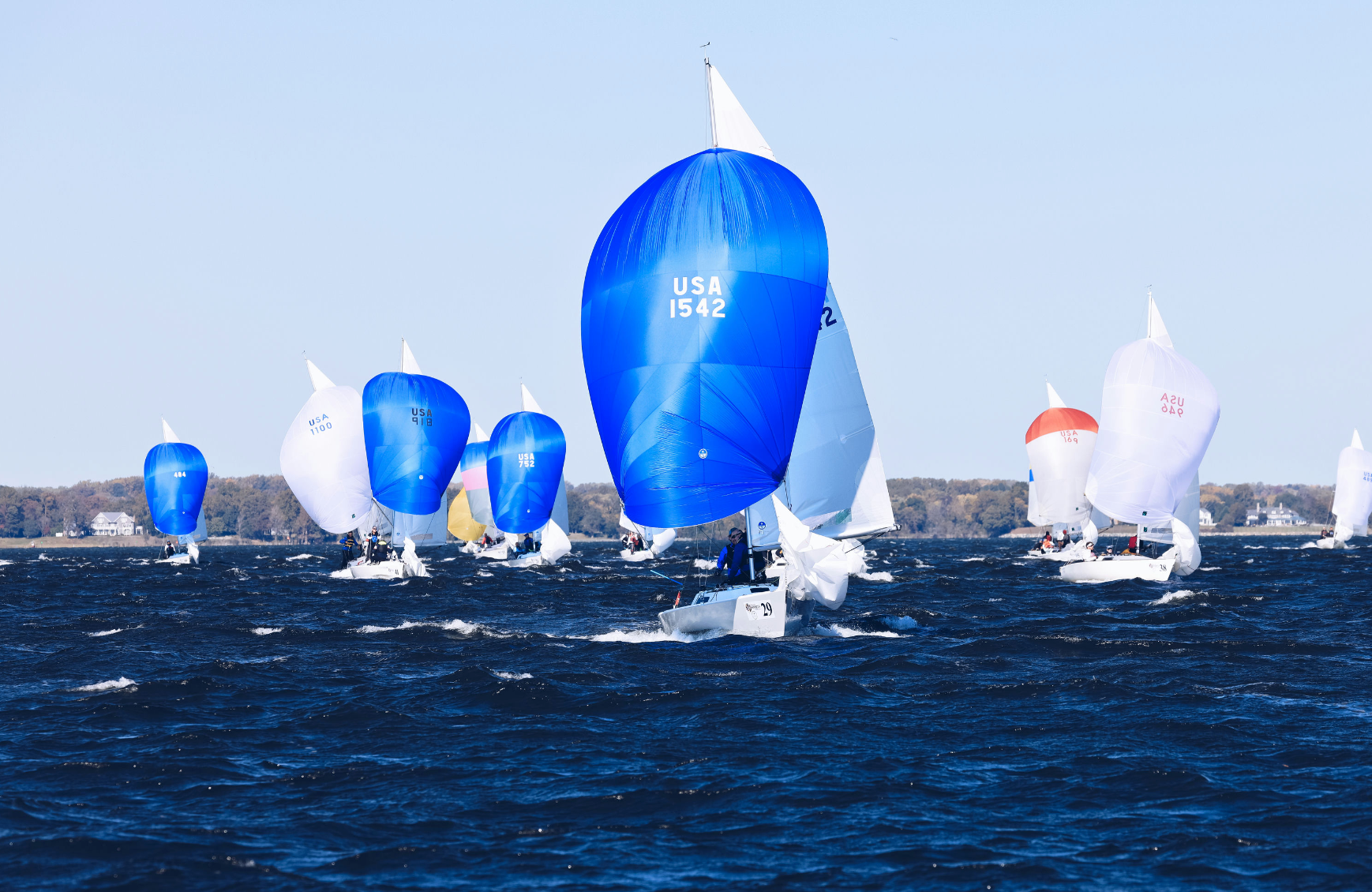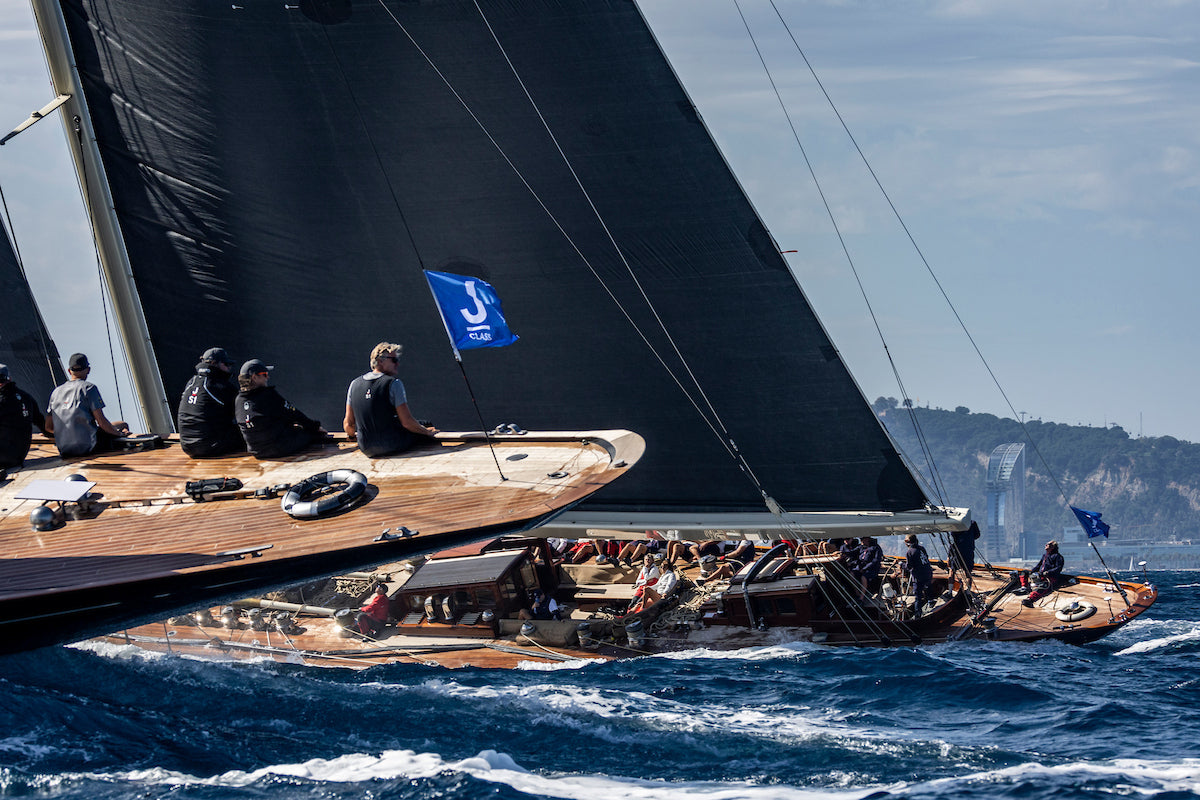DESIGNER SPOTLIGHT: MAX TRINGALE
DESIGNER SPOTLIGHT : MAX TRINGALE
Developing Tools To Help Visualize Performance

There is a lot happening behind the scenes in a sailmaker’s world – things you wouldn’t know about unless you asked. North Sails Designer Max Tringale, based out of Portsmouth, Rhode Island USA, is teaming up with North U. on an exciting new project that will help to better educate sailors on sail trim. Max has a very defined background in boat building, marine systems engineering, and yacht design. Along with the North Sails design team, Max is building an easy-to-use application called Sail Trim Simulator. The tool will help clients and sales experts make sense of sail trim, fundamentals of sail shape, and understand how these variables impact performance.
Max explained;
“Our goal with the Sail Trim Simulator and with this new technology is to provide more enjoyment out of sailboat racing for our customers through a better understanding of what their boat is doing and how their sails are working.”
The North U. Sail Trim Simulator is being developed to help clients visualize how sails and rig interact together and how that relationship is manipulated by the different sail controls to achieve desired sail shapes. “We currently have two sail models, the TP52 and J/35, loaded into the simulator,” explained Tringale.
Bill Gladstone, director of North U. commented;
“There are specific boat designs for each model, and the user can select which performance factors they want to turn on or off. The Sail Trim Simulator has the ability to alter everything from wind speed to sea-state, which can all be altered to create a simulation of what you’d expect when you are out on the water. The user will be able to see the performance difference so they will understand how they should set the sails up for maximum speed in given wind conditions.”

The Sail Trim Simulator is particularly suited for one design sailing, where it can be used as part of North Sails tuning guide to further explain rig set up and tuning. When supplied with various rig settings and tensions, the tool provides a visual aid to show why North recommends particular settings. The app provides targets for rig adjustments and trim settings before even getting on the water.

“We’re looking at seven different control factors; mainsheet, backstay, traveler, cunningham, jib sheet, jib lead, and jib luff tension,” explained Tringale. “For each one of those controls, we are developing optimum sail shapes. We identify the optimum for each control point, understand how it is correlated with the other points, and then define optimum sail shapes for each wind speed. Other controls like rig tension and mast rake are left standard at this time to simplify the tool.”
When the user opens the application they will notice that each control point has a working range. For example, if you want to pull on more backstay tension, you can adjust in millimeter increments and watch as the output numbers change. The app has a function called the Magic Wand, allowing the user to set a desired TWS


North U. is currently beta-testing the application during their Trim Seminars to make sure that the data that we’re developing is real, useful, and user friendly.
North Sails enjoys having a lot of talented designers contributing to their product development and are always looking to improve. “The Sail Trim Simulator is one tool that can help our designers (as well as our customers) understand the cause and effect of sail and rig trim,” remarked Tringale. “Not only the actual change in sail shape but also overall boat performance, which is ultimately what we are looking for.”
“It is incredible how much data and work has gone into the Sail Trim Simulator because it really shows the power of the North Design Suite software. We’re the only ones that are developing something like this that we know of. This project is special because we’ve developed real flying sail shape and rig data, developed using Membrane™ program coupled with Flow™, our program for the fluid surface interactions. From there, those optimized flying shapes are run through the North VPP, which is doing integrations between the various flying shapes. It really is a unique thing that we have; the ability to produce a tool like this.”
The creation of the Sail Trim Simulator is just the beginning of a new generation of designers at North Sails who strive to create the best products for our clients.
North U Seminars provide classroom training with a roster of top instructors and the latest in interactive multimedia training. Check our schedule of upcoming full and evening seminars, or get info on how to bring a North U seminar for your club, fleet, or association.

























